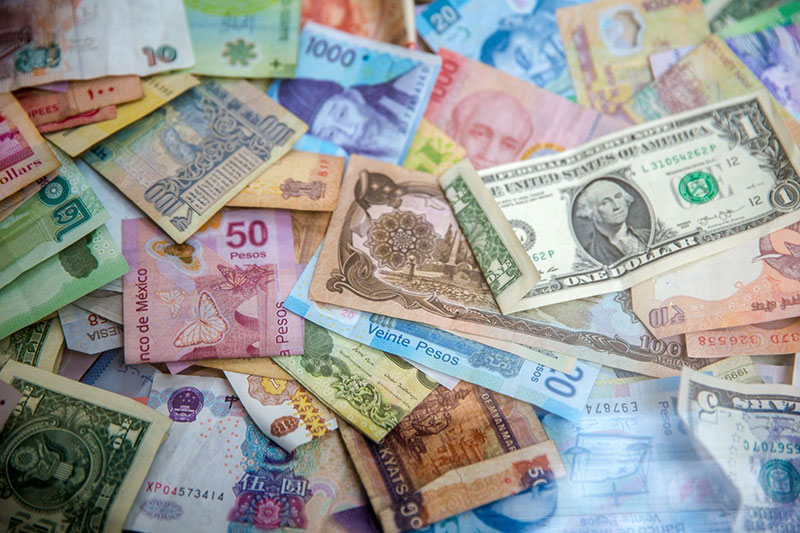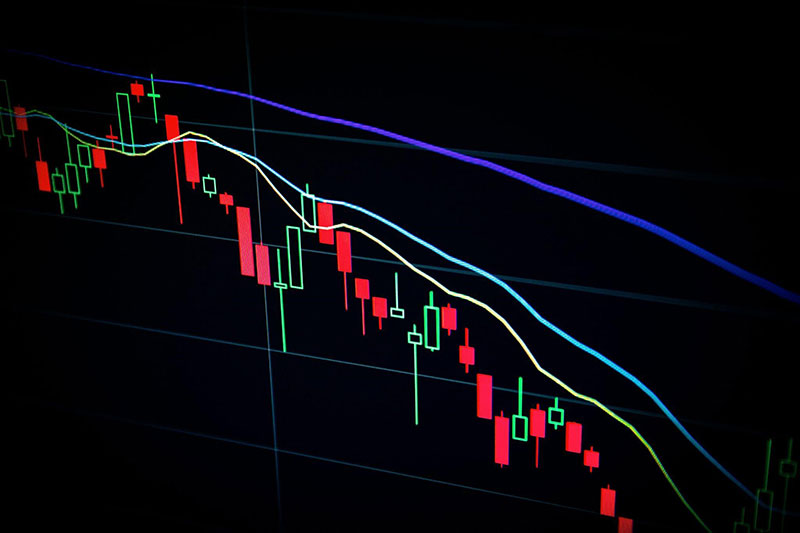A Beginners Guide to Forex Trading
Forex trading has exploded in popularity over the past few years. Whether it is thanks to social media or the fact that people now realise that anyone can become a forex trader, forex is one of the biggest investment opportunities out there.
If you want to get into forex trading but don’t know enough about it yet, here is everything you need to know to begin your forex journey on the right foot.
What is Forex Trading?
In simple terms, forex trading is the buying and selling of foreign currencies. If you take a look on smoney.com.au you will find all types of information on the strength of the dollar against the pound or if the Euro is in a dip or not.
Forex trading is simply using one currency to buy another and then waiting for the other to strengthen or weaken. While it can get far more technical than that, that is the basic premise of the practice.
How You Make Money Trading Forex
Many may understand what forex trading is, but many may also need help understanding how you make money doing it. Once again, there is a simple way to explain this: you use a currency to buy a weaker one and then sell the weaker one when it is worth more than what you bought it for.
For example, you use $10 to buy £9. After a bit, the pound strengthens, and now your £9 is worth $12; you then sell it back, making a $2 profit. While this is an incredibly simplified example, it is how you make money buying and selling currency.
Currency Pairs
Unlike stocks, when you trade forex, you are buying a pair of something, not just one thing. In forex, these are known as currency pairs. There are two main types of currency pairs; major pairs and exotic pairs.
Major Pairs
Major pairs are pairings that are the biggest, strongest, and most popular. Pairs such as the dollar and pound, pound and Euro, Euro and dollar, etc., are all classed as major pairs. These pairs are popular with both beginner and seasoned traders for two main reasons.
The first reason is that they have a proven track record of success and profits, and there is so much liquidity in the market that you can buy and sell an almost infinite amount of either, whenever you want.
 Exotic Pairs
Exotic Pairs
On the other hand, exotic pairs are more “random” in a way and include many currencies from strong and emerging markets. Currencies from the sub-continent, the Middle East, smaller parts of Europe, South America, and Africa are all part of exotic pairs.
Types of Forex Trading
When it comes to forex trading, there are four different styles you can use, namely, scalping, day trading, swing trading, and position trading.
Scalping
Scalping is a time-intensive and highly detailed form of trading. Pairs are constantly changing value, going from 1.225 to 1.226 in a second. Scalp traders look for these small increases and buy and sell on a minute-by-minute basis.
Day Trading
Day trading is probably a term you have heard before and is also a very common forex trading strategy. Day trading involves holding positions for a few hours a day, with traders typically opening in the morning and closing by lunchtime.
Day trading can be profitable, but its over-reliance on leverage also brings a lot of risk, especially for new and inexperienced traders.
Swing Trading
Swing trading is a mixture of day trading and position trading and typically sees traders holding a position for a week or two. Swing trading is beneficial as you often hold positions long enough to see off any dips, but you can cash out quickly, making it a potential source of extra income.
Position Trading
Position trading is the definition of the long game. Position traders see currencies as something that, over time, will inevitably become stronger and continue to grow. Even if there are dips or bumps along the way, the currencies will trend upwards.
Position traders can hold their trades for six months, a year, or even five years. Position trading is brilliant for new traders, as it adds tremendous diversity to a trading portfolio.
 Leverage
Leverage
In forex, it is important to understand leverage and how it is used. As you have seen, forex profits can be incredibly small, and while you can trade with as little as £10, at best, you may make a few pence in profit.
This is where leverage comes into play; if a broker offers you 20x leverage, your £10 is now worth £200, and that small profit you made before is now worth 20x more. Leverage is brilliant for those on a small trading budget as it allows you to fully maximise and benefit from your trades.
Forex trading isn’t as easy as logging on to a website and beginning to make money, but it is easier than you may have thought to get started. Hopefully, this guide has given you all the information you need to start your potentially very profitable forex journey.











